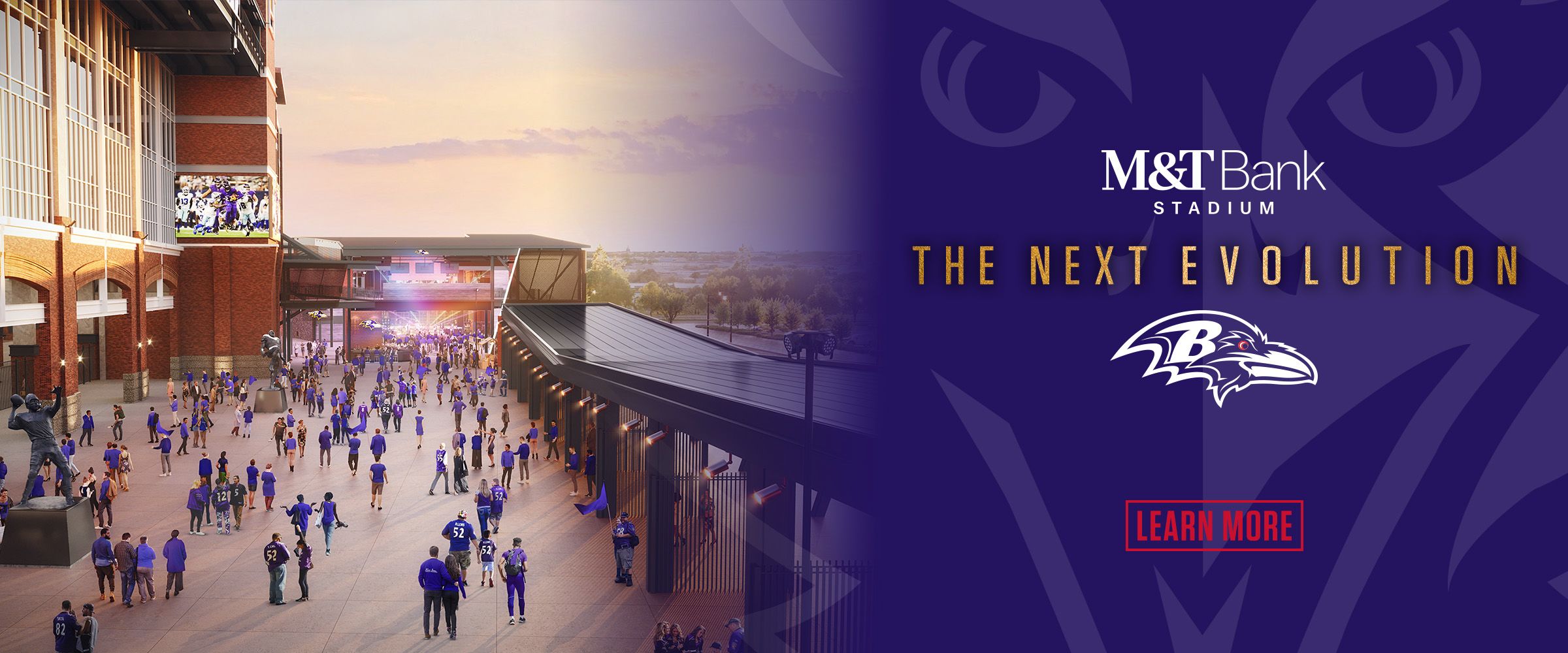Get ready for more excitement on NFL kickoffs. But first, get to know the rules.
The season starts Thursday with the preseason opener between the Bears and Texans. The regular season is still more than a month away, but the start of the preseason will give everyone a look into the NFL's new Dynamic Kickoff, one of the most drastic rule changes in recent years.
The intention of the Dynamic Kickoff is to encourage more returns and less injuries. The NFL had its lowest kickoff return rate of all time last season.
Teams are trying to figure out how the Dynamic Kickoff will play out, and the Ravens are looking everywhere to gain an advantage, but Thursday will be a good first look.
"I'm going to be glued to that television on kickoff and kickoff return," Head Coach John Harbaugh said. "I want to see what happens."
Here's everything to know about the Dynamic Kickoff:
How It Works
Teams will still kick off from their own 35-yard line but now everyone on the kicking team besides the kicker will be lined up on the receiving team's 40-yard line, called the "kickoff start line."
For the receiving team, at least nine players will line up in the "setup zone," which is between their 30- and 35-yard lines (between five and 10 yards away from the other team on the kickoff start line). Two players can be back to return kicks.
With this, players on both teams will start on the receiving team's side of the field and thus won't get as much of a running start, which the NFL hopes reduces injuries.
Players on the kickoff start line and in the setup zone can move when the ball is caught or lands in the "landing zone," which is the between the receiving team's 20-yard line and the end zone. Every kick that hits and stays in the landing zone must be returned, which will lead to teams trying to boot difficult kicks into that zone.
If the kickoff goes into the end zone for a touchback, the receiving team starts their drive at their 30-yard line, five yards further than last season. Again, that encourages teams not to boot the ball into the end zone.
Kicks caught in the air in the end zone can be returned as well. If a kick bounces from the landing zone into the end zone, it can be returned or downed for a touchback to the 20-yard line.

If a kick fails to reach the 20-yard line, the receiving team gains possession at their 40-yard line (similar to when it was kicked out of bounds in previous years). As in past seasons, if the ball goes out of bounds, the receiving team gets it at their 40-yard line.
If there is a penalty, only the kickoff line will change, not the landing zone or setup zone.
What About Onside Kicks?
Not much changed with onside kicks as teams will revert to the "old" kickoff formation, but there are limits on when they can be attempted.
Onside kicks can only happen in the fourth quarter and can only be attempted by the losing team. Before the kick, teams must declare an onside kick to the officials. So no more surprise onside kicks.
From there, it will be a normal onside kick. If a team signals for an onside kick and the ball goes past the setup zone, the receiving team will get the ball at the kicking team's 20-yard line.
Is This Permanent?
The Dynamic Kickoff is only in place for 2024 right now. At the Annual League Meeting in March, NFL owners passed the new rules by a vote of 29-3.
The rules have been workshopped over the last few years, and if all goes well this season it could be back in 2025.
"I think that we're still going to have to tinker with it," NFL Commissioner Roger Goodell said. "I think it's one of those things, when you get it in play, you look at things and we'll re-evaluate that as the season's going on. And if it's appropriate to make changes in the future, we will."



















